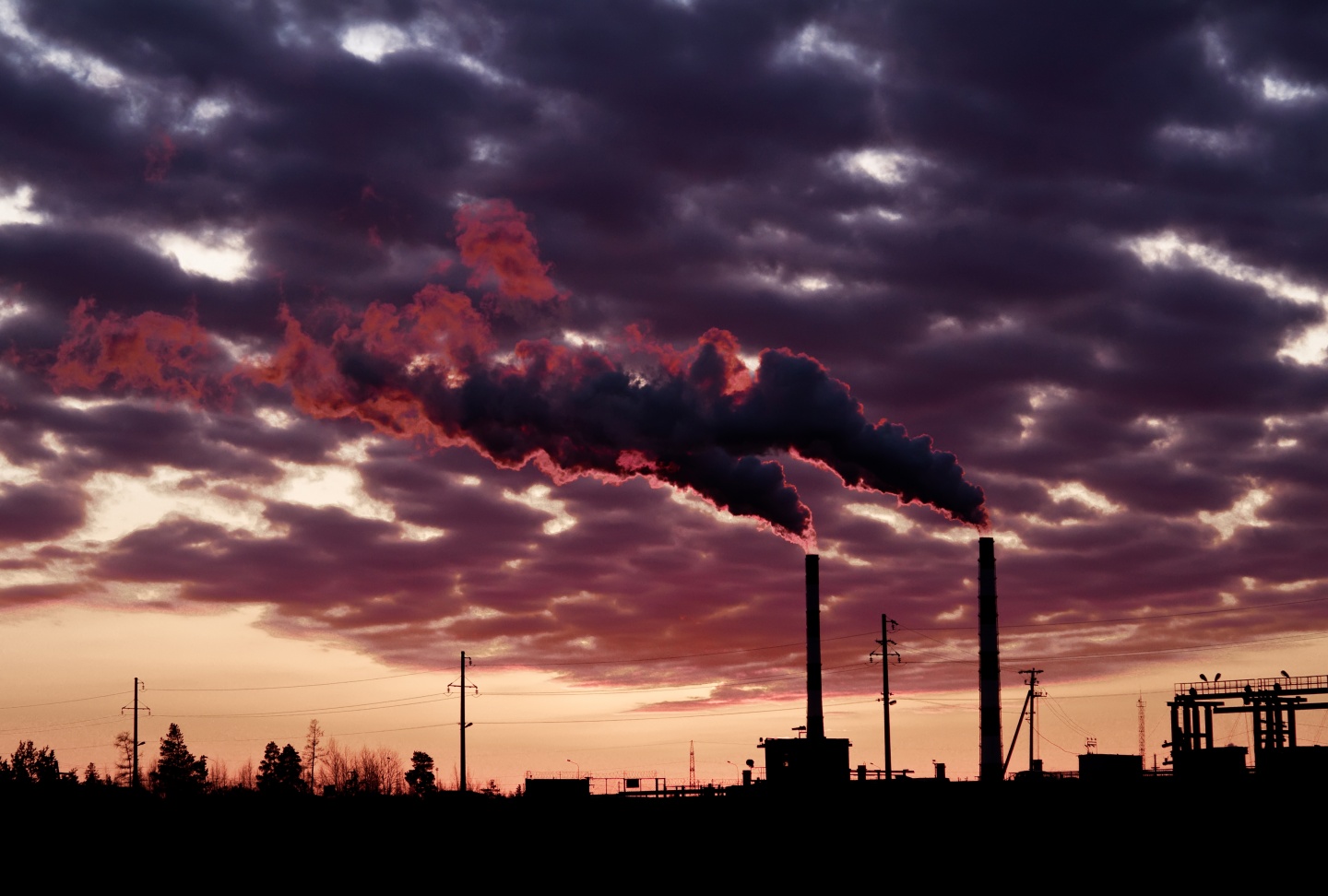26 October, 2022On 24 October, the International Trade Union Confederation (ITUC), LO Norway and IndustriALL held the last of their 2022 technology workshops on Carbon Capture and Storage, as part of the Just Transition and the Energy Sector initiative.
Waste to energy with Carbon Capture and Storage (CCS) can provide end-treatment for unrecyclable waste, it removes CO2 from the atmosphere and produces local heat and electricity. But experts explained that the right framework and conditions are needed to roll out the technology.
There are a lot of emissions in European heavy industry, such as petrochemicals, iron and steel, and non-metal minerals, and – outside of green steel - few commercially viable ways to reduce these emissions. CCS is therefore an important solution for these hard to abate emissions. There is a lot of opportunity to develop CCS technology and Norway is one of the leading countries in the world investing in it.
“CO2 capture represents the largest market in the CCS value chain. It is important that we get the opportunities for emission cuts and transition jobs known”
said Are Tomasgård from LO Norway.
Scientific institutions in Norway have done research for unions about job creation and opportunities in CCS to create a comprehensive business plan. Employers’ organizations and unions have been working together to look at Just Transition through CCS.
The findings show that numbers are high when it comes to job creation in CCS, both in capture and, transportation of CO2 to the storage sites, and that CCS can help to keep existing jobs in industry while reducing emissions. To unlock the potential for jobs, there is a need for investment and government support and focus on extending a full-scale project.
“Unions must make sure that the workers are organized. Know-how gives international potential. The full-scale project could contribute qualified technology, solutions and experience that would be beneficial on a global scale.”
Tomasgård continued.
Markus Hole from Celsio, an actor in the Norwegian Longship project, explained that the Longship is the Government’s full-scale carbon capture and storage project. It is the first ever cross-border, open-source CO2 transport and storage infrastructure network and would offer companies across Europe the opportunity to store their CO2 safely and permanently underground.
“Phase one of the project will be completed in mid-2024 with a capacity of up to 1.5 million tonnes of CO2 per year.”
Said Hole.
Olav Øye from BELLONA, an environmental NGO that works together with Norwegian employers and trade unions to get solutions to climate change, explained that their recommendation on CCS is to
“create a legal framework and funding for CO2 transport and storage; capture and store emissions rather than shut down industries; and to not wait for green hydrogen until 2035 -start CCS now!”
There were several questions from participants on whether captured CO2 can be used for products or in industrial processes. Experts explained that research and pilot projects show promising results for CO2 use in synthetic fuels, chemicals, and building materials. However, not all uses of captured CO2 result in emissions reductions. It depends on how much energy is used to convert the CO2 to products amongst other factors. Life cycle evaluation of emissions is critical.
Another concern especially coming from the global south and considering the large investment needed to enable the infrastructure for CCS large scale projects was how it appeals to smaller economies that are large emitters. In Africa where solar power is in abundance CCS has less appeal due to the significant investment needed and the existence of alternatives for energy generation.
Fossil fuel in the Middle East and North African (MENA) region is important due to the dependance of regional economies on the production and export of oil and gas. It provides lots of jobs and revenues. In Iraq more than 90 % of the country’s budget comes from oil and gas, at the same time MENA region is the most impacted by climate change from drought to water shortages, heat waves and damage to ecosystems.
“There have been some initiatives in the region to reduce emissions of CO2. This includes shifts to renewable energies and investment in CCS. Solar power is also of huge potential in the region. The reason CCS is so attractive for the Gulf States is because it would enable them to reduce emissions. The technology is especially interesting for the unions in the region because it would help to not shut down the industry immediately but clean it up as a first step.”
Said Ahmed Kamel, IndustriALL MENA regional secretary.
Under the US Inflation Reduction Act (IRA) there is federal funding to establish CCS hubs in different regions. In the Ohio Valley, a cluster of states, industrial actors, and unions including the United Steelworkers, USW, are working together to apply for funding to build a CCS and hydrogen complex to cut emissions from steel, mining, and coal fired power facilities.
USW also represent refinery workers in the USA, who are concerned about losing their jobs. There is substantial federal funding in the US for industrial projects that can reduce emissions. The USW are looking at how they can influence where some of these resources go to ensure that it deals with the refinery plants.
“EXXON and others have plans to build the world’s largest CCS facility in the Gulf of Mexico to capture emissions from refineries, chemicals plants, and oil depots. It will require a lot more funding even with the money that the government is providing since the infrastructure for it is huge. But overall unions are not seeing enough efforts to save jobs.”
Said Mike Smith from USW.
